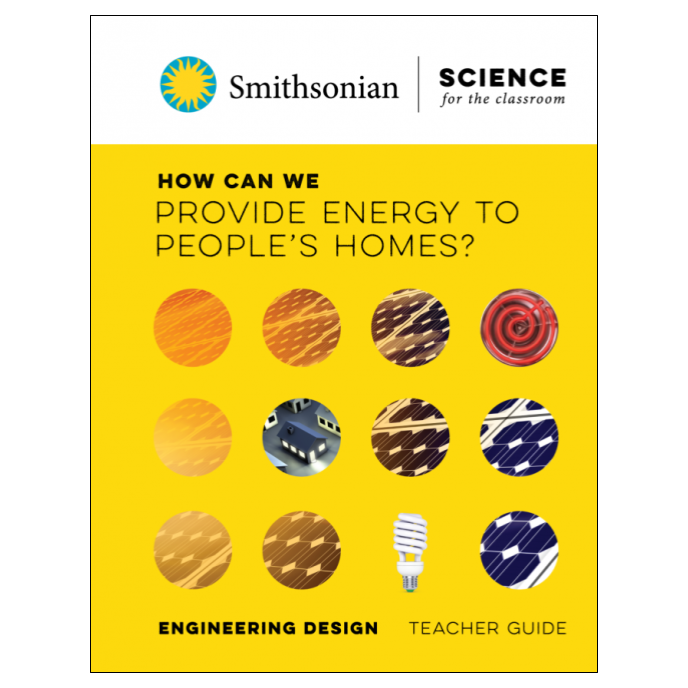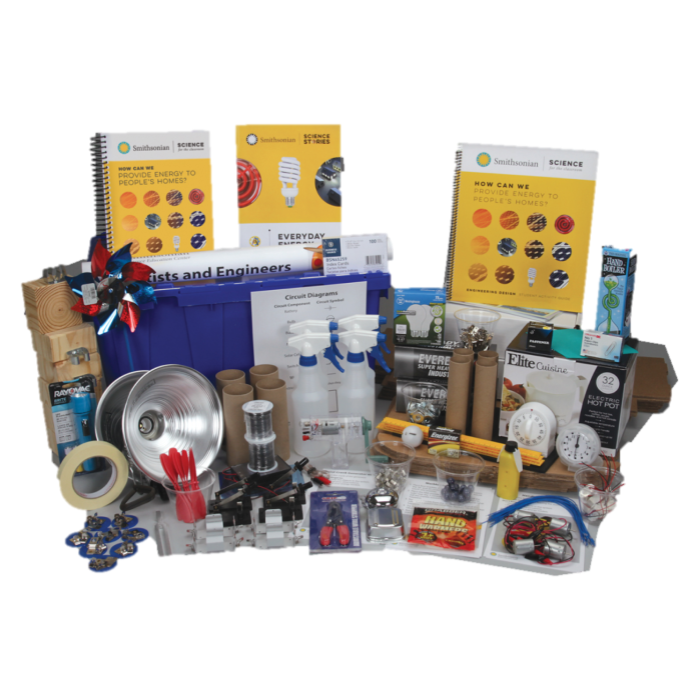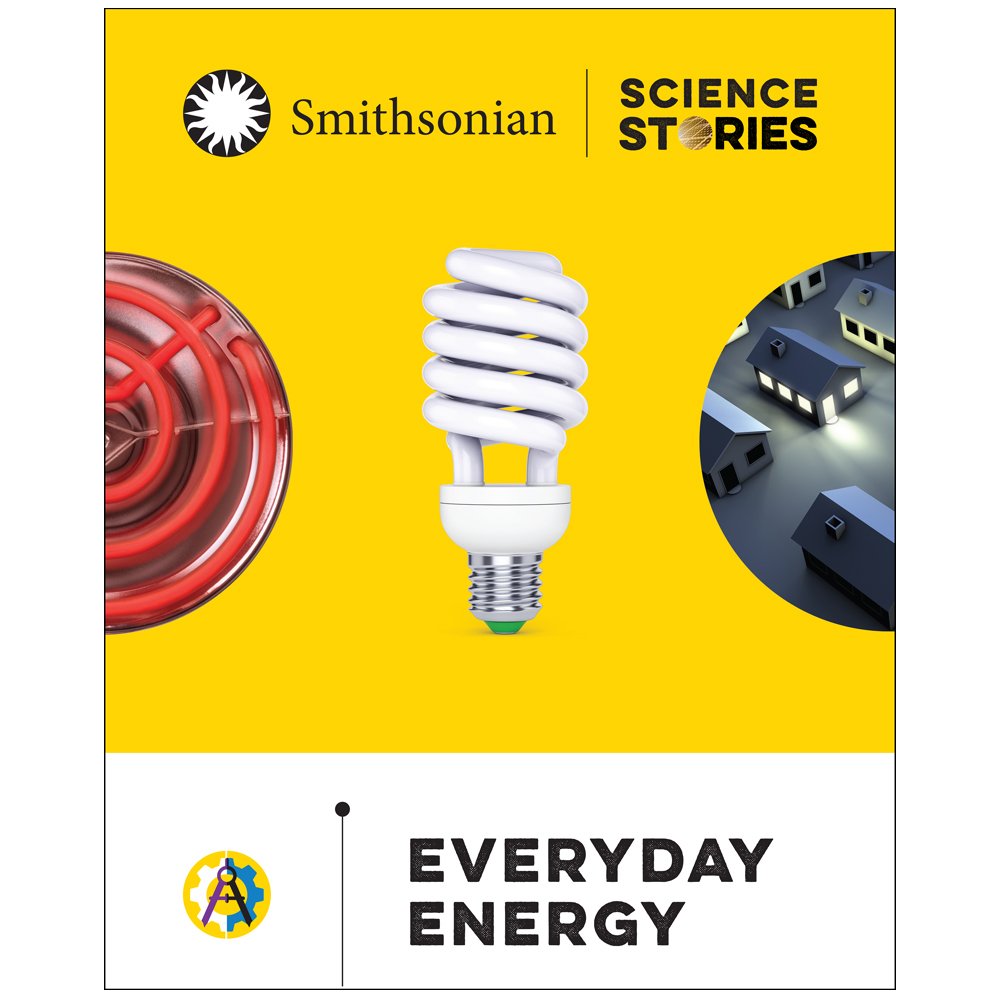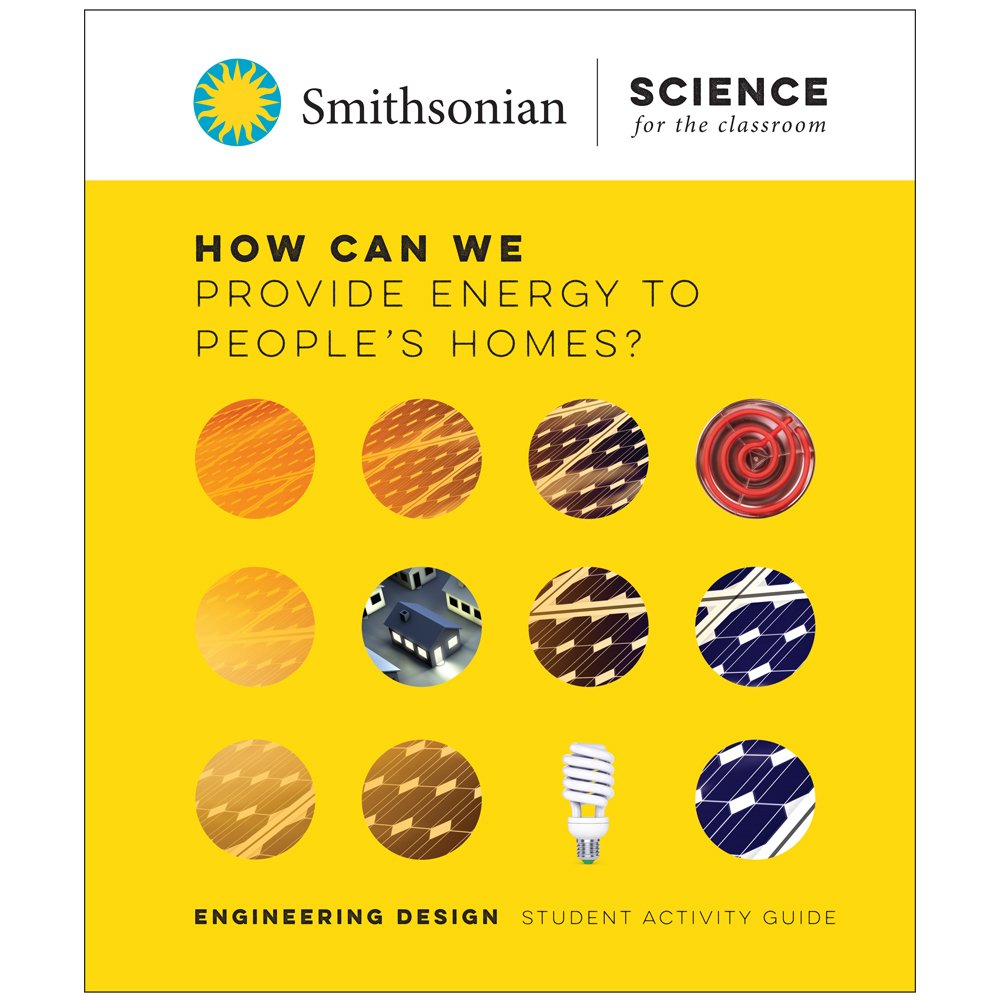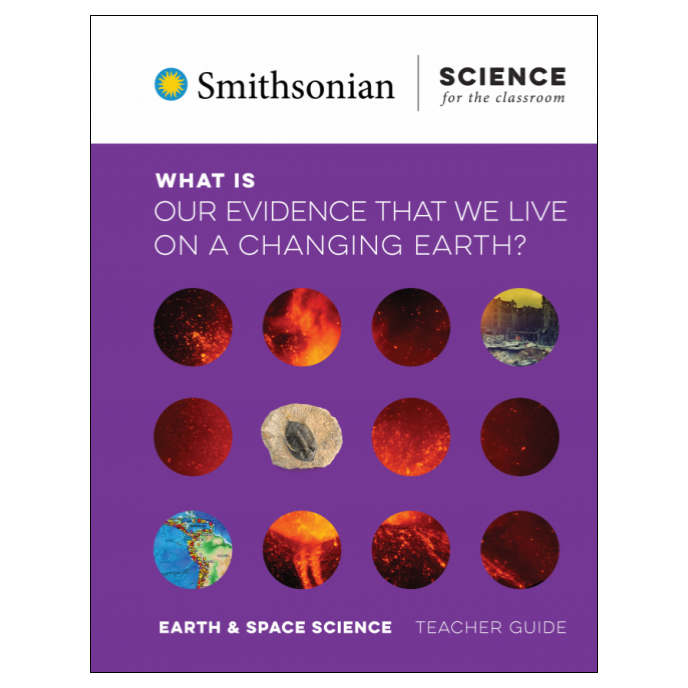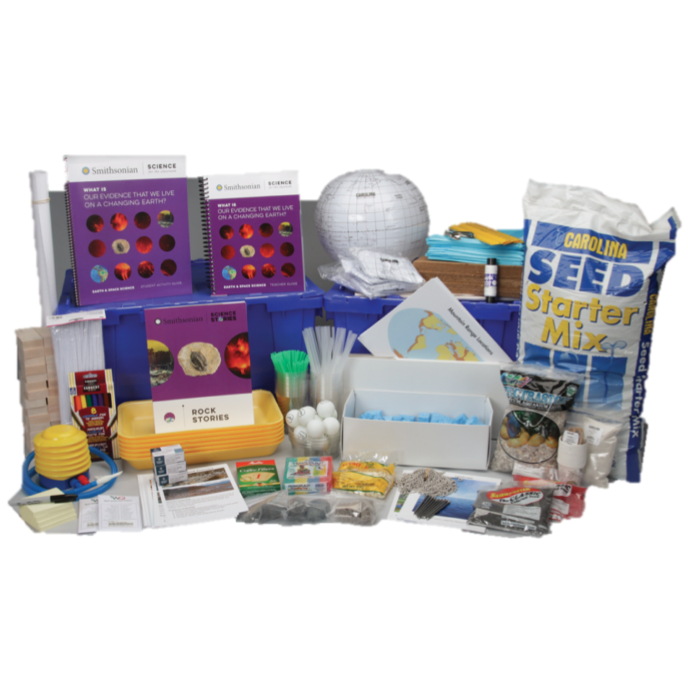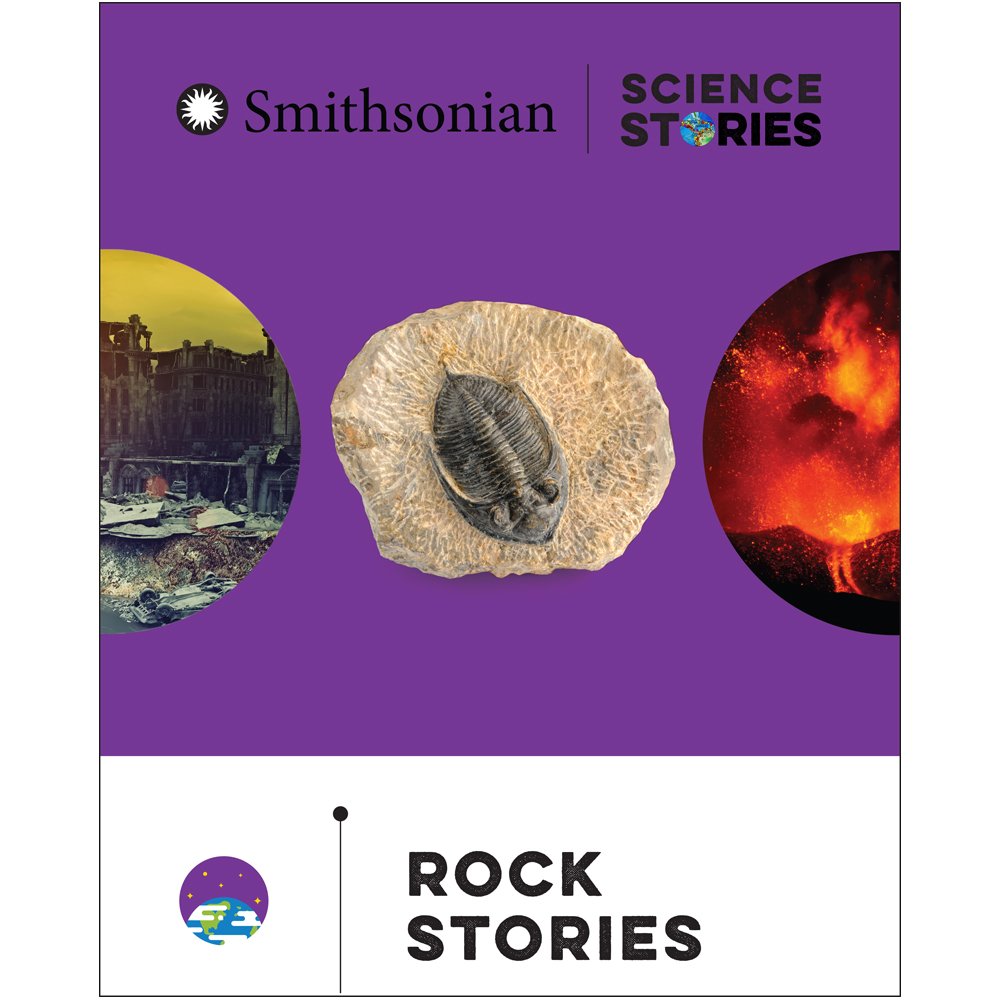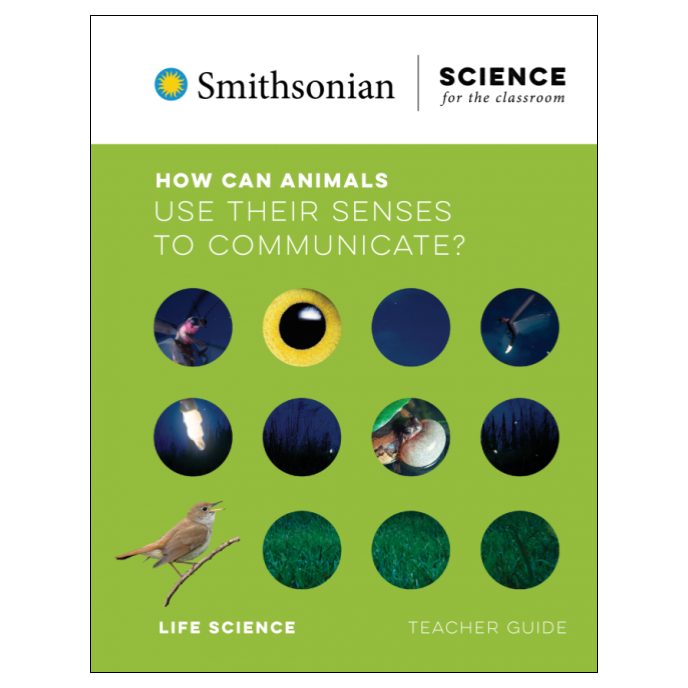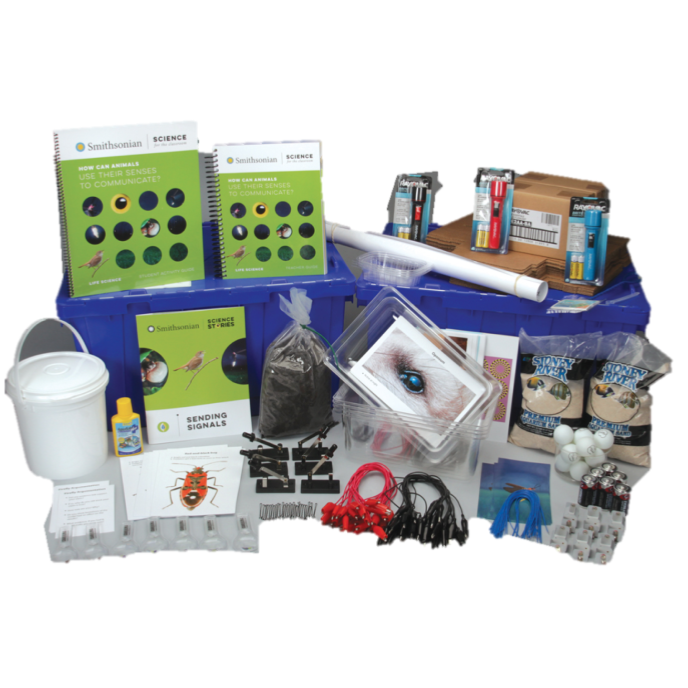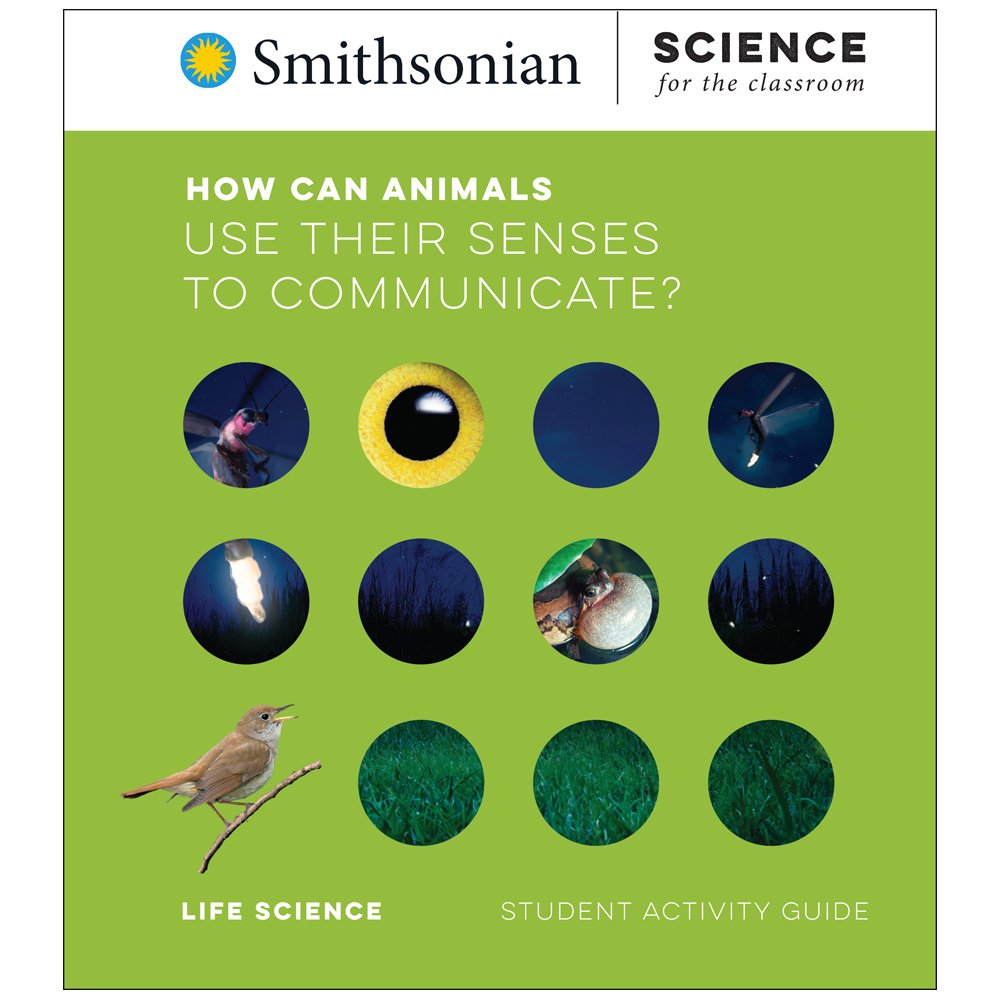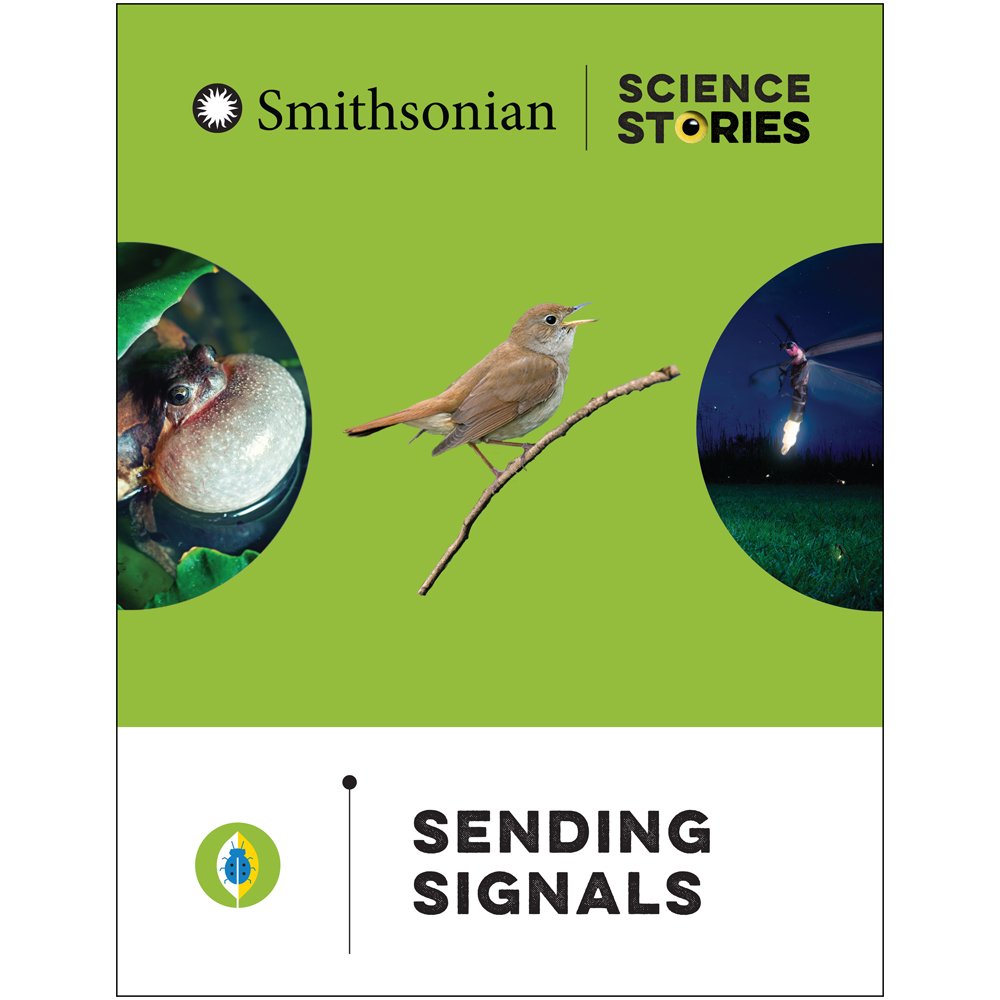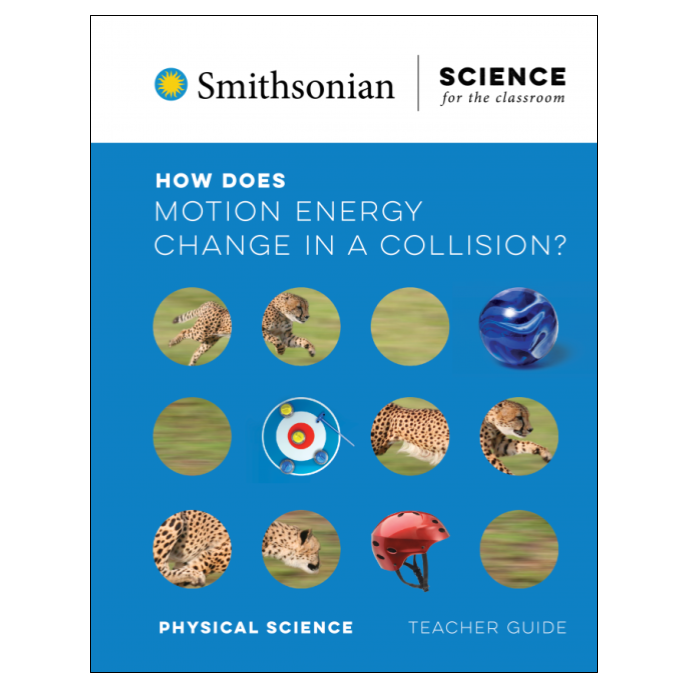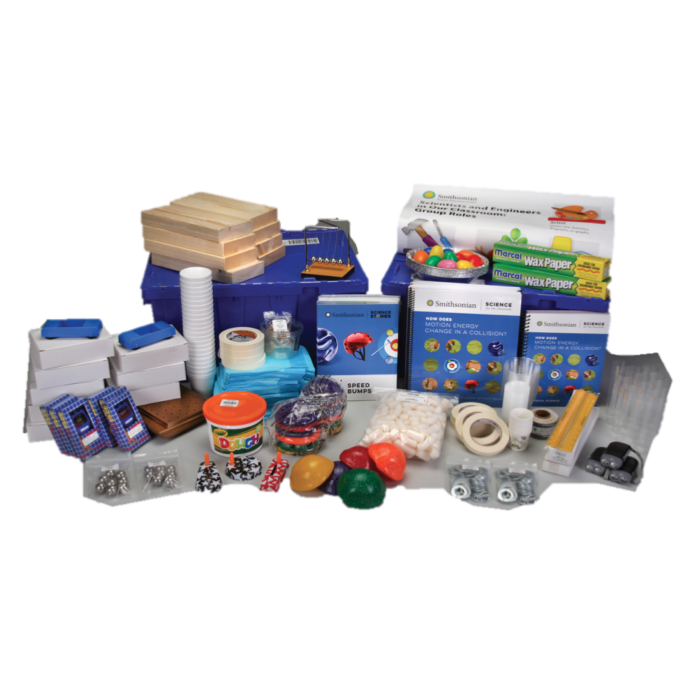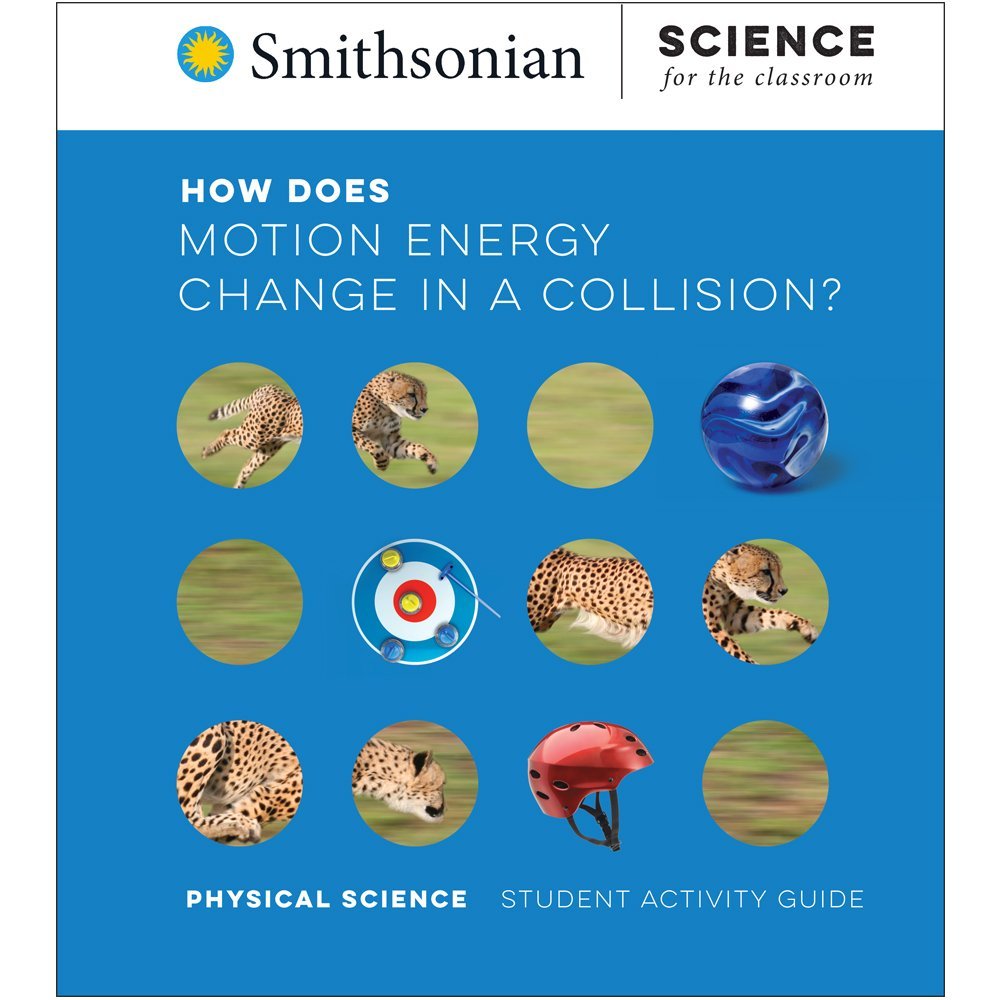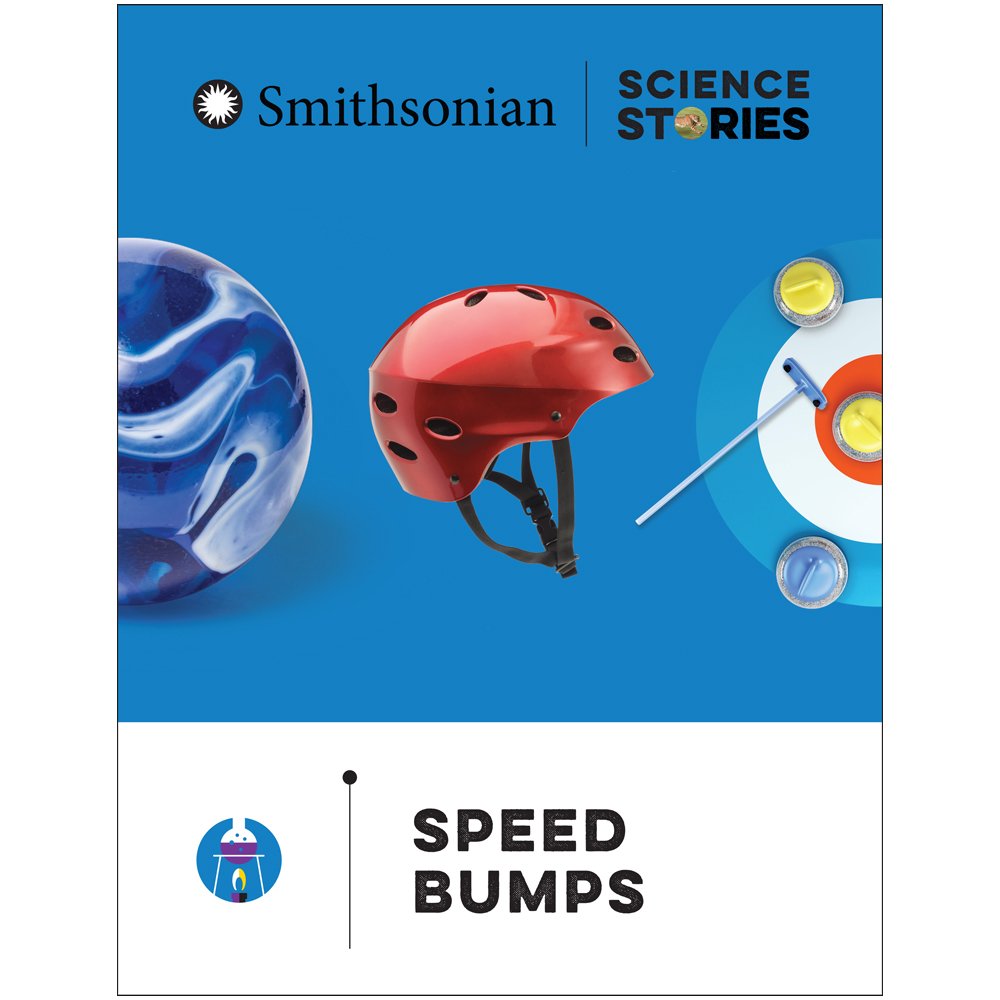EINSTEIN PROJECT CURRICULUM OPTIONS
Fourth Grade
how can we provide energy to people’s homes?
Engineering Design
What’s Included?
Teacher's Guide (1 spiral bound & digital)
Student Activity Guides (10 Print & digital access)
Student Readers (12 On-grade print, 4 below-grade print and digital access)
Interactive Materials for 32 students (working in pairs)
UNIT DESCRIPTION
15 lessons | 20 days of instruction
In 15 lessons spanning 20 class sessions, students explore how energy moves and changes, and how people obtain sources of energy and convert them for practical purposes. In the first focus question, students observe phenomena—motion, light, sound, and heat—that provide evidence of the presence of energy, and track how energy moves and changes in systems. They then observe that electrical energy moves via electric current and can be changed into other forms of energy. In the second focus question, students obtain and combine information about the advantages and disadvantages of using various natural resources to generate electricity. Students apply what they learn to identify the best energy resource solution for four real-world locations, based on criteria and constraints. In the third focus question, students obtain information about how energy gets from power plants to homes and explore simple electric circuits. They apply what they learn to design and build electric devices that serve specific purposes. In the final focus question, students engage in a two-part summative assessment. In the written assessment, students use information about a fictional family to demonstrate their understanding of energy movement and the advantages and disadvantages of renewable and nonrenewable resources. Students are then challenged to apply what they have learned about electrical systems to solve an engineering problem: to design, build, test, and optimize a solar-powered doorbell system for a model house.
Learn more in the Unit Storyline.
SINGLE KIT | $440
All materials for 1 class
ADD-ON | $120
Consumables for 1 class
what is our evidence that we live on a changing earth?
Earth & Space Science
What’s Included?
Teacher's Guide (1 spiral bound & digital)
Student Activity Guides (10 Print & digital access)
Student Readers (12 On-grade print, 4 below-grade print and digital access)
Interactive Materials for 32 students (working in pairs)
UNIT DESCRIPTION
15 lessons | 20 days of instruction
In 15 lessons over 20 class sessions, students identify, analyze, and communicate evidence that we live on a changing planet. In the first focus question, students analyze global maps to find patterns in the locations of Earth features and in the occurrence of earthquakes and volcanic eruptions. They explain how these two processes cause specific hazards to humans and compare the structure of one of those hazards, tsunami waves, to wind-driven ocean waves. In the second focus question, students define problems associated with earthquake shaking. They read about engineering solutions to such problems and design and test models of earthquake-resistant buildings. In the third focus question, students investigate additional Earth processes that affect the landscape: weathering and erosion. They use models of mountains to test the effects of rainfall, vegetation, earthquakes, wind, and glaciers on landforms. In the fourth focus question, they consider what clues can be found in rock layers to serve as evidence of past landscapes. They use the stories of two locations to create a database of evidence-landscape connections. In the science challenge, students apply what they have learned to create a museum exhibit explaining that a variety of forms of evidence tells us that we live on a changing Earth.
Learn more in the Unit Storyline.
SINGLE KIT | $419
All materials for 1 class
ADD-ON | $141
Consumables for 1 class
how can animals use their senses to communicate?
Life Science
What’s Included?
Teacher's Guide (1 spiral bound & digital)
Student Activity Guides (10 Print & digital access)
Student Readers (12 On-grade print, 4 below-grade print and digital access)
Interactive Materials for 32 students (working in pairs)
Living Materials (Shipped direct from the supplier)
UNIT DESCRIPTION
15 lessons | 20 days of instruction
In 15 lessons over 20 class sessions, students investigate how animals, including humans, use their internal and external structures to sense the world around them, process information, communicate information to others, and react accordingly. In the first focus question, students explore the senses, including how light travels when we see an object. They compare animal eyes and analyze how their structures support different survival needs. In the second focus question, students explore how the brain processes information through experiencing optical illusions and analyzing data from research into how birds can learn to avoid distasteful insects. In the third focus question, students put together what they have learned to investigate how animals can communicate with each other using a variety of signals. They compare how often live fiddler crabs communicate using claw-waving in social and nonsocial contexts. In the fourth focus question, students consider problems in communication. They discover that nightingales sing louder in noisy urban environments and explore how humans can communicate over great distances in very little time using digital signals. In a written assessment, students model the interactions when a cat sees a mouse. For the science challenge, students analyze data based on testing with models to construct an argument about which firefly flash patterns would be most effective for finding a mate.
Learn more in the Unit Storyline.
SINGLE KIT | $429
All materials for 1 class
ADD-ON | $166
Consumables for 1 class
how does motion energy change in a collision?
Physical Science
What’s Included?
Teacher's Guide (1 spiral bound & digital)
Student Activity Guides (10 Print & digital access)
Student Readers (12 On-grade print, 4 below-grade print and digital access)
Interactive Materials for 32 students (working in pairs)
UNIT DESCRIPTION
15 lessons | 20 days of instruction
In 15 lessons over 20 class sessions, students explore how motion energy can move and change in a collision. In the first focus question, students learn how motion energy can change into heat, light, and sound and move to another object. In the second focus question, students use evidence from collisions to construct a claim that faster objects have more motion energy. They read about how being fast can help plants and animals survive. In the third focus question, students look at ways that motion energy can change to heat. They carry out an investigation into how the surface affects how far an object slides. They learn how air can slow objects down and construct an explanation that motion energy causes air to heat up. They learn that when objects deform, motion energy changes to heat. In focus question four, they learn that a helmet can protect our brain by changing motion energy to heat. They design a helmet using an egg as a model for the head. In the science challenge, students apply what they have learned about motion energy to predict how far a moving washer will move a stationary washer in a game.
Learn more in the Unit Storyline.
SINGLE KIT | $416
All materials for 1 class
ADD-ON | $105
Consumables for 1 class



